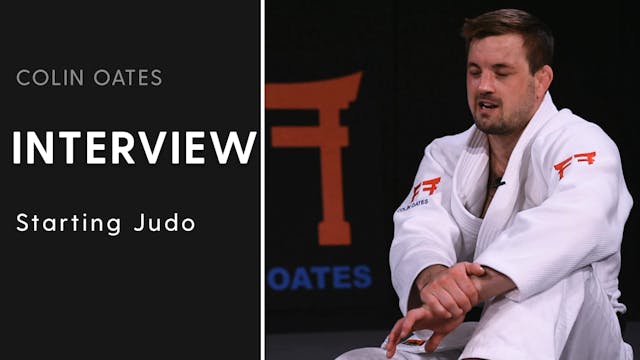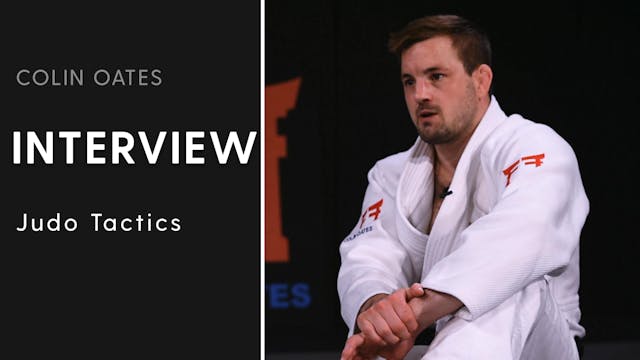Overview | Uchi Mata & Harai Goshi | Colin Oates
Colin Oates
•
2m 36s
Colin Oates says that when it comes to his Uchi mata and Harai goshi he has one key thing in mind, which is how to get a reaction from his partner.
It’s this reaction that generates the crucial momentum that he needs in order to throw.
His standard variations of both Uchi mata and Harai goshi are initiated from the threat of Kosoto gari.
This rear attacking Kosoto twitch is designed to shift his partner’s bodyweight forwards.
In this example of Uchi mata you can see how the partner goes from a relatively stable posture to being on the balls of their feet, and it’s this that enables Oates to throw.
Oates tends to score more with Uchi mata. But depending on the leg position of his partner, it can quite easily become Harai goshi, with Oates attacking the outside of the far leg.
He says that he’s less concerned about the technical intricacies of what the arms, legs and hips are doing, and more concerned about how to get his partner in a position in which they can be thrown.
So his emphasis is all on the twitch and the immediate transition into the throw.
Oates also uses Uchi mata when his left sleeve is being pinned.
This variation works on the basis of using the partner’s desire to maintain the seemingly dominant sleeve grip.
By keeping hold of the sleeve Uke creates a forward momentum that Oates uses to his advantage.
Now’s your chance to learn Colin Oates’s Uchi mata and Harai goshi, with fantastic detail on the twitch, weight transference and the key differences in his sleeve variation.
Up Next in Colin Oates
-
Starting Judo | Interview | Colin Oates
Colin Oates talks about how he started judo
-
Judo Tactics | Interview | Colin Oates
Colin Oates discusses his judo tactics
-
Advice For Aspiring Judoka | Intervie...
Colin Oates gives advice for all judoka who are aspiring to be better



